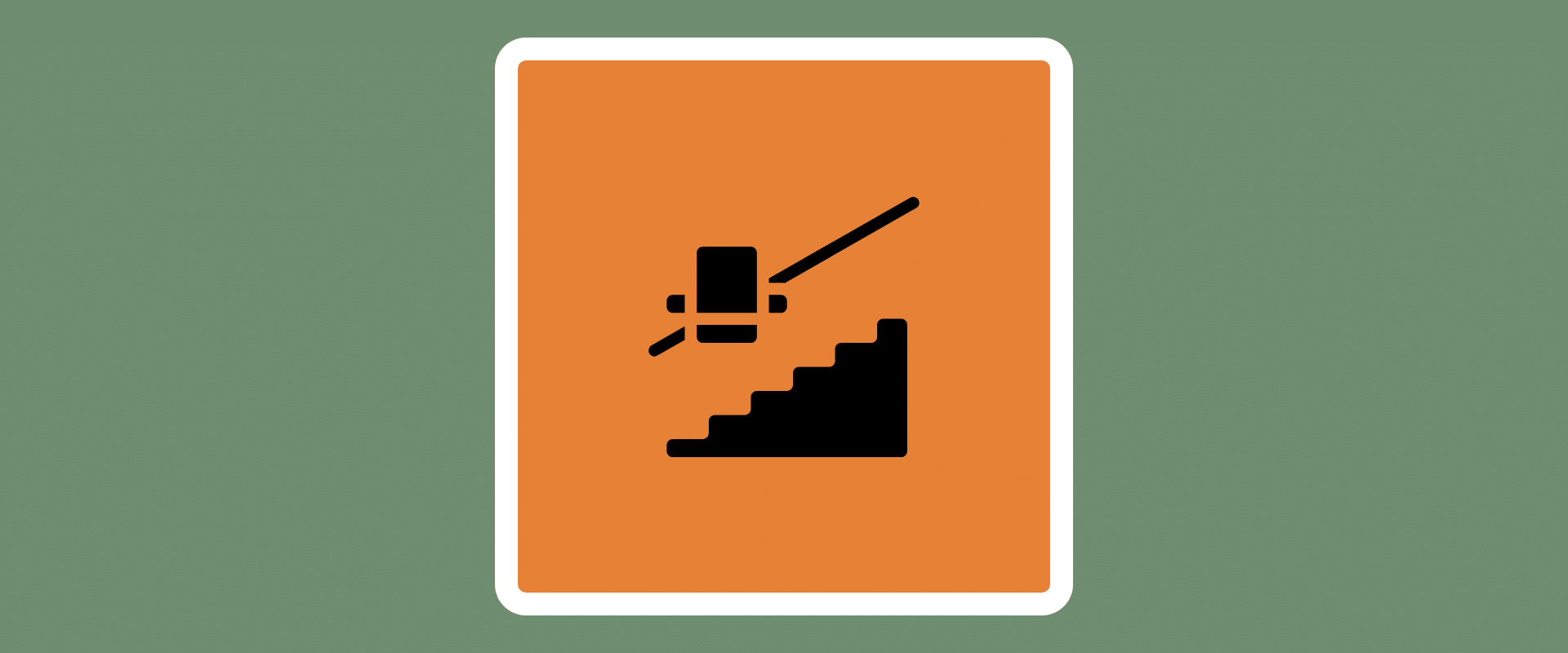Stairlifts are invaluable mobility aids that can significantly improve the quality of life for individuals with limited mobility. However, understanding how different features impact pricing is essential when choosing the right stairlift. In this comprehensive guide, we’ll explore the various features offered by stairlift models and how they influence the overall cost.
1. Type of Staircase
The type of staircase in your home is one of the primary factors determining a stairlift’s cost. Straight staircases typically require standard, off-the-shelf models, which are generally more affordable than curved or spiral staircases. Curved staircases often necessitate custom-built stairlifts to fit the unique shape of the stairs, leading to higher costs.
2. Track Length and Complexity
The length and complexity of the track also affect the price of a stairlift. Longer staircases require more materials and labour for installation, resulting in higher costs. Additionally, bends, turns, and intermediate landings add complexity to the track design, increasing pricing.
3. Weight Capacity
Stairlifts come with different weight capacities to accommodate various user needs. Models with higher weight capacities typically cost more due to the robust construction and components required to support heavier loads. Choosing a stairlift with a weight capacity that meets your specific requirements is essential to ensure safety and reliability.
4. Seat Options and Comfort Features
Stairlifts offer a range of seat options and comfort features designed to enhance the user experience. Basic models may come with standard seats, while premium options offer luxurious features such as padded upholstery, adjustable seat heights, and ergonomic designs. The more advanced the seat features, the higher the stairlift cost.
5. Safety Features
Safety is paramount for stairlifts, and models with advanced features often come at a higher price point. Standard safety features include obstruction sensors, seat belts, swivel seats, and battery backup systems. Investing in a stairlift with comprehensive safety features provides peace of mind and minimises the risk of accidents.
6. Power Source
Stairlifts can be powered by either electricity or a battery. Electric stairlifts are typically less expensive upfront but may incur higher energy costs over time. Battery-powered stairlifts offer greater flexibility and reliability, especially in the event of power outages, but may have a higher initial purchase price due to the cost of the battery system.
7. Brand Reputation and Warranty
The reputation of the stairlift manufacturer and the warranty offered can also impact pricing. Established brands with a history of reliability and excellent customer service may command higher product prices. However, investing in a reputable brand often ensures superior quality, durability, and after-sales support, making it a worthwhile investment in the long run.
Summary Of Comparing Stairlift Models: How Features Impact Pricing
When comparing stairlift models, it’s essential to consider how different features influence pricing to make an informed decision. By assessing your specific needs, prioritising critical features, and exploring various options, you can find a stairlift that fits your budget and provides comfort, safety, and independence for years to come. Remember, the right stairlift is an investment in your well-being and mobility.

